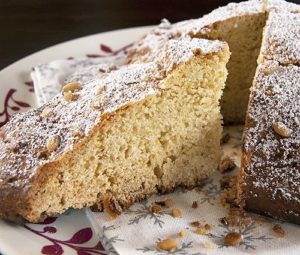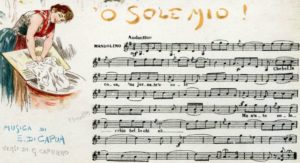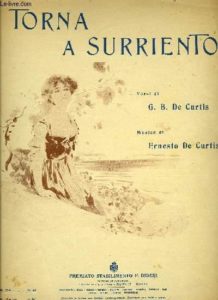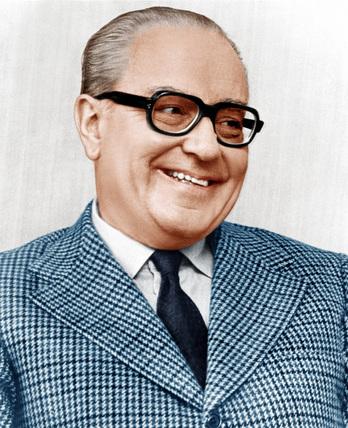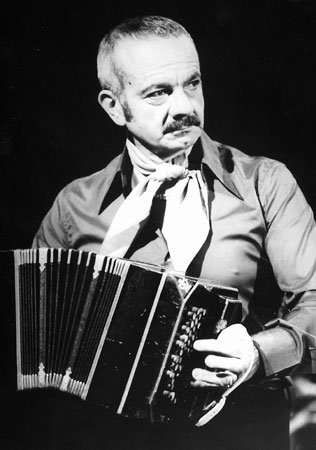While some fans of rock music are more partial to an electric guitar solo, others prefer the passionate folk strummings of a well-loved acoustic. But all fans of virtuosic string playing owe a debt of gratitude to one rock star in particular: Antonio Vivaldi.
The year was 1700. Violin virtuosity had been steadily building for nearly a hundred years, with instrument builders like Antonio Stradivari, and Giuseppe Guarneri creating violins whose sound quality was unrivalled throughout all of Europe. With the music publishing industry taking off, composers from around the world saw an opportunity to create truly unique musical works. If you wanted to be known as a composer of merit during this period of music history, you needed to know how to write increasingly complex works for the orchestra. Enter the Venetian Virtuoso, Antonio Vivaldi…
Born in 1678, Vivaldi quickly established himself as a master of writing for the violin. A superbly innovative player himself, Vivaldi had an intimate understanding of those conventions of traditional violin playing which might be bent (or in some cases completely broken) in order to create the daring music people wanted to hear. His playing was lightning across a darkened sky, one contemporary of his going so far as to exclaim that the sounds he made on the violin were “terrifying”.
 During his early years as a composer, Italian instrumental music was still held firm under the conventions of Arcangelo Corelli’s concerto form. Developing from the trio sonata (which featured two violins and one cello supported by strings and continuo), this form was regarded as highly-respected and tasteful for its time. It was daring… but not so much as to abandon the traditional aspects of string music. Vivaldi’s response to Corelli’s established form of concerto occurred in the former’s publication of Léstro armonico , something of a musical manifesto which changed violin-playing for all time.
During his early years as a composer, Italian instrumental music was still held firm under the conventions of Arcangelo Corelli’s concerto form. Developing from the trio sonata (which featured two violins and one cello supported by strings and continuo), this form was regarded as highly-respected and tasteful for its time. It was daring… but not so much as to abandon the traditional aspects of string music. Vivaldi’s response to Corelli’s established form of concerto occurred in the former’s publication of Léstro armonico , something of a musical manifesto which changed violin-playing for all time.
L’estro armonico didn’t pull any punches, it set straight away at establishing new standards in violin playing for Vivaldi’s contemporaries. Some of the more revolutionary shifts Vivaldi incorporated into his compositional style included increasing the depth and singing quality of the violin’s voice in slower movements, and imitating the brassy qualities associated with a trumpet by way of arpeggios and quick repeated notes. This latter innovation encouraged violin players to insert bits of virtuosic passagework into their playing at a much more prolific rate than ever before.
As a whole, L’estro armonico served to establish Vivaldi’s preference for three contrasting movements (fast-slow-fast) while utilizing the ritornello form in new and exciting ways. Ritornello (which translates to “return”) constituted a sort of musical interlude which functioned as a refrain, and Vivaldi was brilliant enough to see how it might be used as the standard form for all concerto movements. Ensemble ritornello sections in Vivaldi’s music begin in a tonally stable fashion, establishing the home key at the start and end of each movement. The solo sections which are scattered among these movements, however, are tonally unstable: they leap, dive, and soar through key modulations to increase tension and build the
In Vivaldi’s music for concerto, ensemble ritornello sections are tonally stable to establish the home key at the start and end of the movement and reinforce each change of key during the movement. The solo sections, in turn, are tonally unstable, modulating between keys, which amps up the tension during the daring solo passages. Just as we can’t look away from a tight-rope walker as they perform their daring act under a circus big-top, so too were Vivaldi’s audiences mesmerized by the sheer musical bravery and bravado these solo sections demonstrated.
They were lucky instrumentalists indeed, those who were the first to play Vivaldi’s glorious new music… customized as it was for a bold new breed of concerto. Those who criticized his musical vision early on would come to adopt the spirit of his instrumental virtuosity later in their careers as composers and music-makers. Antonio Vivaldi died penniless in Vienna, having invested all his wealth of musical experience in bringing a clear structure and dynamic power to the Baroque concerto. His work for the violin made him a household name, a true Baroque star. So we say long live the King of the Strings, Viva Vivaldi!


